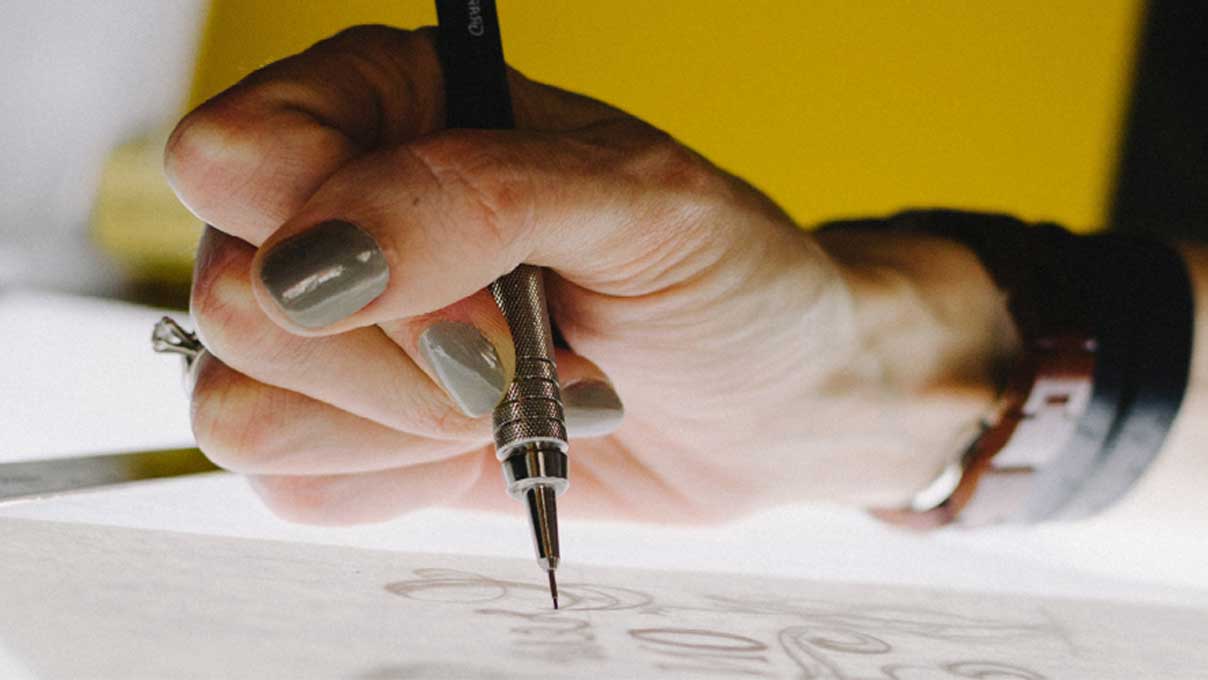
161 | Transformation Turnaround: The Transformative Potential Of Design Systems – With Arty Rivera
Today we discuss the transformative potential of design systems and how they can help accomplish alignment and the integration of different silos — key ingredients to any successful transformations or turnarounds.
Joining us is Arty Rivera, a former member of the 3Pillar UX team and current Director of Product Design for Mobile Posse. In addition to offering his insight on business transformation, Arty shares the story of his personal transformation from designer to design leader to business leader, and what he’s learned along the way.
EPISODE HIGHLIGHTS
What is a Design System?
- A design system is not a style guide, although a style guide is part of a design system
- A good design system serves as the connective tissue between different departments; it includes a lot of rules, not just about color and font but about tone, voice, the feelings you’re trying to evoke in your users, and the philosophies that your product strives to represent.
- “So, it’s a lot of the Why that connects product, and design, and QA, and engineering, and everyone at the company. And it looks different depending on what company that you’re at, but it is effectively a set of rules and guidelines, just at very different levels in the business.”
- A fully realized design system will ensure that the way a designer work mimics the way that a developer works. In practice, at Mobile Posse, this means ensuring that the library components designed in Sketch mimic the way that the CMS components work in the CMS part of their product.
What outcomes can an organization expect if they create a fully realized design system?
- There’s a classic stereotype of design being in a black box, and nobody else in an organization knows what’s happening there, they just see the outputs.
- A design system, by virtue of its transparency, documentation, use of language that the entire business can get on board with, and underlying philosophy that brings everyone together with a purpose makes design a lot more accessible to everyone — and this aligns the organization at a cultural level.
- “I don’t expect someone on the sales team to know the nomenclature of our components. That’s like not the part of the design system that they necessarily care about. But maybe the way we talk about the product and the philosophy behind it can be used by the sales team and by our marketing team so that we’re all kind of in line when we’re talking about the product.”
- We’re used to trading off consistency for speed, but when we use design systems, we can actually accelerate and get greater consistency throughout the organization.
- This isn’t to undersell the engineering component, though. The idea is that, when you use a design system, you can build the product once and then use that component over and over again. So, for example, a developer can go take a code snippet off the shelf and trust that it works with the rest of the system, making it possible to remix and scale.
- This allows the team to stop having simple design conversations around things like what the UI looks like and start having more future-facing conversations about new interactions and uses cases for the product, and those future-facing conversations are both more interesting to have and more valuable to the business.
LISTEN TO THE EPISODE
Resources:
- Mobileposse.com
- LinkedIn: www.linkedin.com/in/artemiorivera
- Read: “Human-Centered Design lets carriers unlock the door to the Experience Economy”
About The Innovation Engine
Since 2014, 3Pillar has published The Innovation Engine, a podcast that sees a wide range of innovation experts come on to discuss topics that include technology, leadership, and company culture. You can download and subscribe to The Innovation Engine on Apple Podcasts. You can also tune in via the podcast’s home on Spotify to listen online, via Android or iOS, or on any device supporting a mobile browser.



